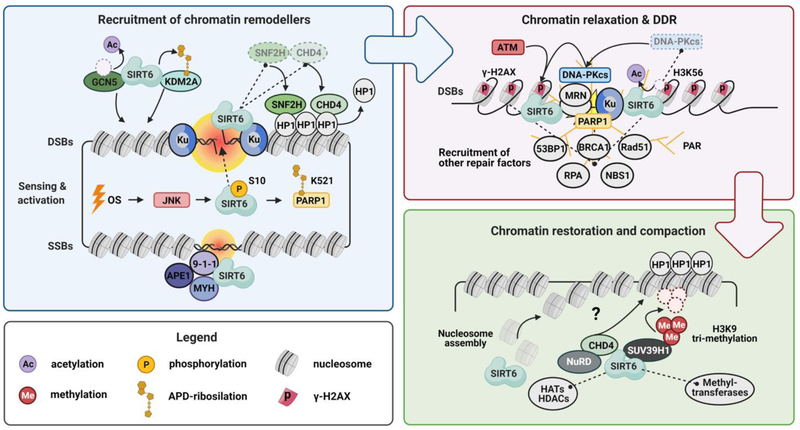Figure 2. SIRT6 at different stages of DNA repair.
Proper regulation of DNA repair is paramount for genomic stability, promoting longevity. SIRT6 is involved in the sensing of DSB through association with Ku80, 9–1-1 complex, APE1 and MYH glycosylase, as well as directly binding to DNA. Under oxidative stress (OS) SIRT6 can be phosphorylated by JNK at S10 and mono-ADP-ribosylates PARP1 at K521. PARP1 PARylates numerous proteins, promoting relaxation of chromatin. SIRT6 also promotes relaxation of chromatin via interactions with SNF2H, CHD4, GCN5 and KDM2A, which increases accessibility of the damage site for the DNA repair machinery. SIRT6 participates in DNA damage response (DDR) signaling through the regulation of DNA-PKcs, and formation of γ-H2AX foci. Furthermore, SIRT6 can interact with SUV39H1, potentially playing a role in chromatin restoration after repair.

